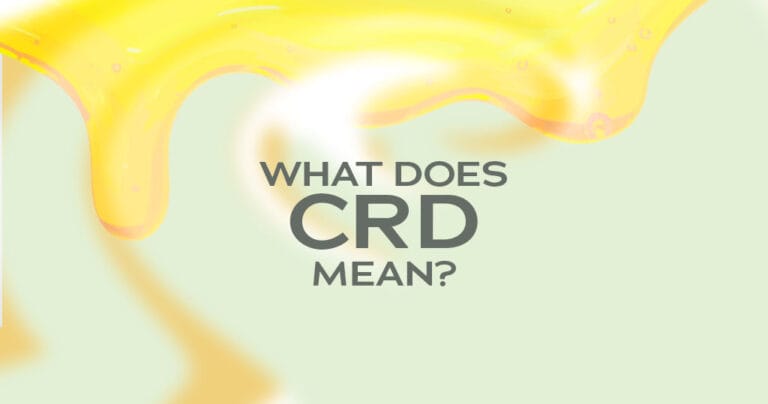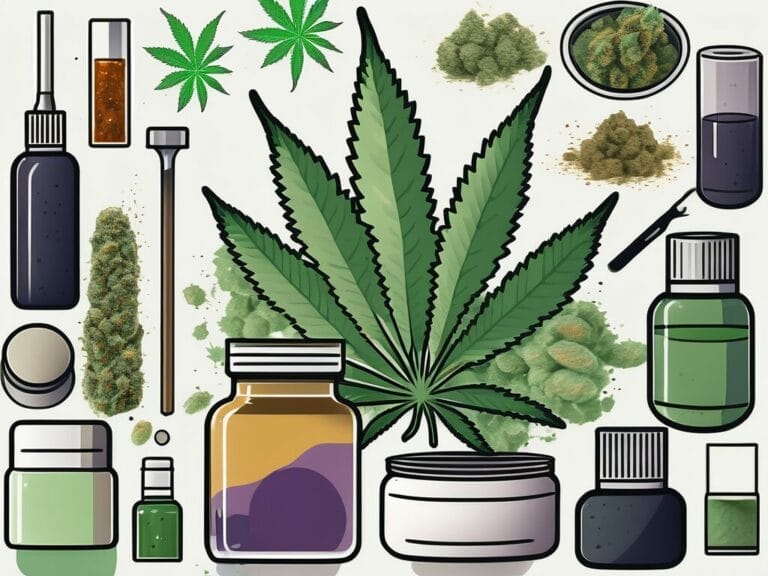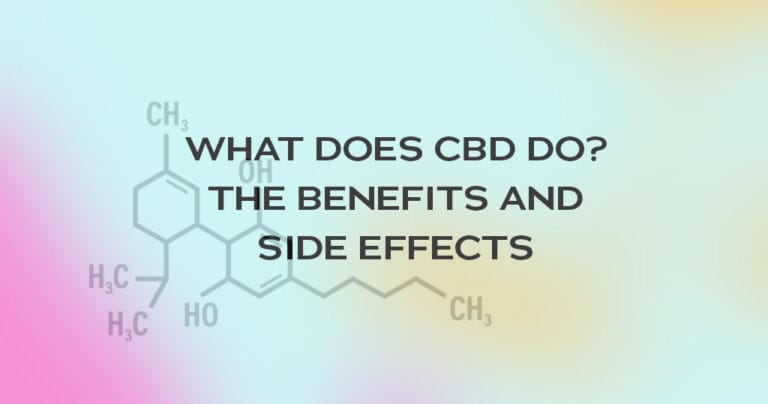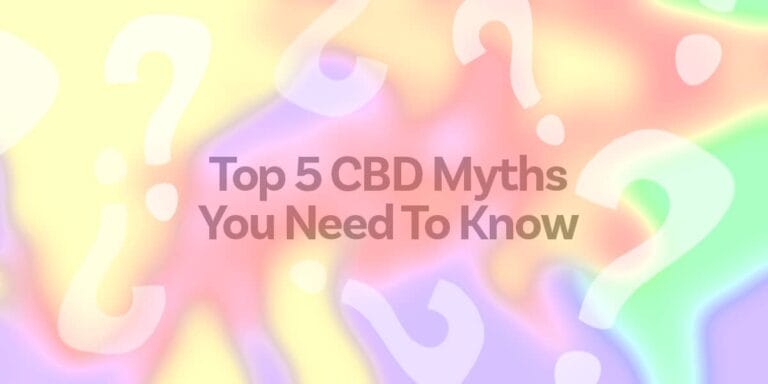What Is Hemp? – History, Anatomy, Legality

What Is Hemp? – A Brief History, Anatomy, and Legality
Hemp is one of the most misunderstood plants in the world. It has numerous benefits that are being tapped into by industries across the globe, once again. Hemp has been used for centuries, has a documented plant anatomy, and has evolved with numerous laws.
In this article we will explore the history of this fascinating plant, the anatomy that creates its life, and the laws that govern the growing, selling, and using of hemp.
What Is Hemp?
In the United States, Hemp is the name given to the non-intoxicating variety of cannabis"Cannabis" is a broad term that refers to a flowering plant scientifically known as Cannabis Sativa L. The term is commonly used to describe the cannabis plant and its products... More. Hemp is mainly considered to be an industrial crop, although it is also sometimes selectively breed for other purposes.
To be considered hemp legally, the plant must contain no more than 0.3% delta-9 tetrahydrocannabinol (THC).
Hemp vs Marijuana: Does Hemp also have THC?
A very common comparison for hemp is marijuana as both are believed to come from the Cannabis Sativa L. lineage. However, even among the experts their is debate as to the exact origins for each. What the experts do agree on is its use in the most ancient cultures as recorded around 10,000 B.C.E.
Hemp also has THC. It is considered non-intoxicating though because the amount of delta-9 THC is at too low of an amount to create intoxication. Typically, hemp is used for its known large presence of CBD which can be extracted to create numerous CBD products.
Can You Smoke Hemp?
Some types of hemp are considered smokeable hemp while other types are not. Usually, smokeable hemp is referred to as hemp flower or CBD flower, although there are several other terms used as well. It is commonly available online and in many retail stores.
Hemp that is grown for industrial applications and food production are not the best varieties for use with smoking due to its lack of cannabinoid production and seeds.
Hemp History
How far back does hemp history go? United States presidents Washington and Jefferson grew hemp on their properties during the founding of this country.
However, it goes much further back than that. The oldest example of hemp clothing was found in China and dated back to approximately 8000 BCE.
In fact, hemp is believed to be one of the world’s first cultivated crops. So, what happened between all that time?
What Is The History of Hemp?
The history of hemp is long and complicated. We intend to summarize it as quickly as possible below.
Hemp is an ancient crop that has been cultivated by humans for more than 12,000 years. It has been pivotal in the development of industry, culture, law, and medicine.
During the 1800s, hemp became a valuable crop for industrial use because it was so versatile and grows so quickly, but after 1937, it was outlawed completely due to the passing of the Marijuana Tax Act which made growing cannabis illegal across America.
After hemp was legalized with the passage of the 2018 Farm Bill, a lot of people gained interest in learning about hemp’s past and its future as a potentially valuable commodity.
What Are The Different Uses for Hemp?
Hemp is an amazing fiber because it has a long stalk that is strong but also flexible, to make clothing, paper, and rope.
Hemp is a huge resource for many reasons. It not only can be used to make wonderful textiles, but also made into delicious food products. Hemp seeds are very nutritious. The hemp
Hemp Anatomy
Hemp is a rapidly growing plant made up of many components including the seeds, stalk, leaves, and flowers. Depending on the intended final use for the hemp, growers will go to great lengths for genetic selection for starter seeds or clones"Clones" in the context of cannabis refers to genetically identical copies of a parent cannabis plant. These copies are created through a process called cloning, wherein a cutting or branch... More.
Three of the most common types of hemp production include hemp grown for CBD, fiber, or food. Each type requires a specialized farming practice that involves different types of highly refined skillsets.
What Is The Anatomy of Hemp?
- Hemp Seed/Clone – The seed is the beginning of the life cycle for the hemp plant. Unless, it starts as a clone from a mother plant. Mother plants are selected to be kept for distinguished traits that breeders wish to express in the next generation.
- Hemp Stalk – The stalk is the part of the plant that branches to hold the other parts together including the stems.
- Hemp Leaves – The leaves are responsible for the capturing of light for photosynthesis and also for respiration of air.
- Hemp Flowers – The flowers, bracts, or budsIn cannabis terminology, a "bud" refers to the flowering portion of the female cannabis plant. It is part of the plant that contains the highest concentration of cannabinoids, including THC... More as they may be referred to are the main area where the trichome glands house the cannabinoids"Cannabinoids" are a diverse group of chemical compounds found in the cannabis plant, Cannabis sativa. These compounds interact with the body's endocannabinoid system, influencing various physiological processes. Both endocannabinoids that... More.
Environmental Benefits of Hemp Plants
Hemp has been used for centuries to create paper which comes with a number of environmental benefits. Compared to wood pulp paper, hemp paper requires about half as much water to produce.
Even more impressive, hemp has an unique ability to help with remediation of soil. Soil health is a critical part of a healthy natural world helping to sequester carbon and promote biodiversity at the microbial level.
Hemp Laws
Throughout the lengthy history of hemp different societies have created vastly different laws regarding it growth and use.
In the United States, the most famous law is the Marijuana Tax Act of 1937. This created the illegal status that cannabis, along with hemp, held for many years. In 2018, the “Farm Bill” passed creating a new federal standard for hemp legality.
What Is The Legality of Hemp and CBD?
In the United States, hemp is federally legal. This happened in 2018, when hemp was defined in a new legal light enabling it to be removed from the Controlled Substance Act that still presides over cannabis.
It also defined the states power. States are granted the right to determine how hemp production and licensing will be obtained and regulated.
Similarly, CBD falls under the same laws as hemp due to being a part of the plant.
Legal Status of Hemp Cultivation in the U.S.
Federally, it is legal. States are responsible for the management of hemp production, licensing, and breedingBreeding in the context of cannabis refers to the intentional process of crossing different cultivars to create new and desirable genetic variations. This involves selecting parent plants with specific traits... More practices for their respective state.
Selective breeding for optimal plant traits is very common in horticulture and the same is true with hemp varieties. One of the cannabinoids breeders have recently sought out is CBG dominant varieties due to users reporting greater clarity and focus from its use.
If you are interested in growing, a great place to start would be looking into your states hemp production and processing laws.
Hemp Summary
In conclusion, hemp is a plant with a long history and a vibrant future. It has the potential to improve the lives of many people with textiles, medicine, and food. We should all support legislation that will allow hemp farming to thrive.






